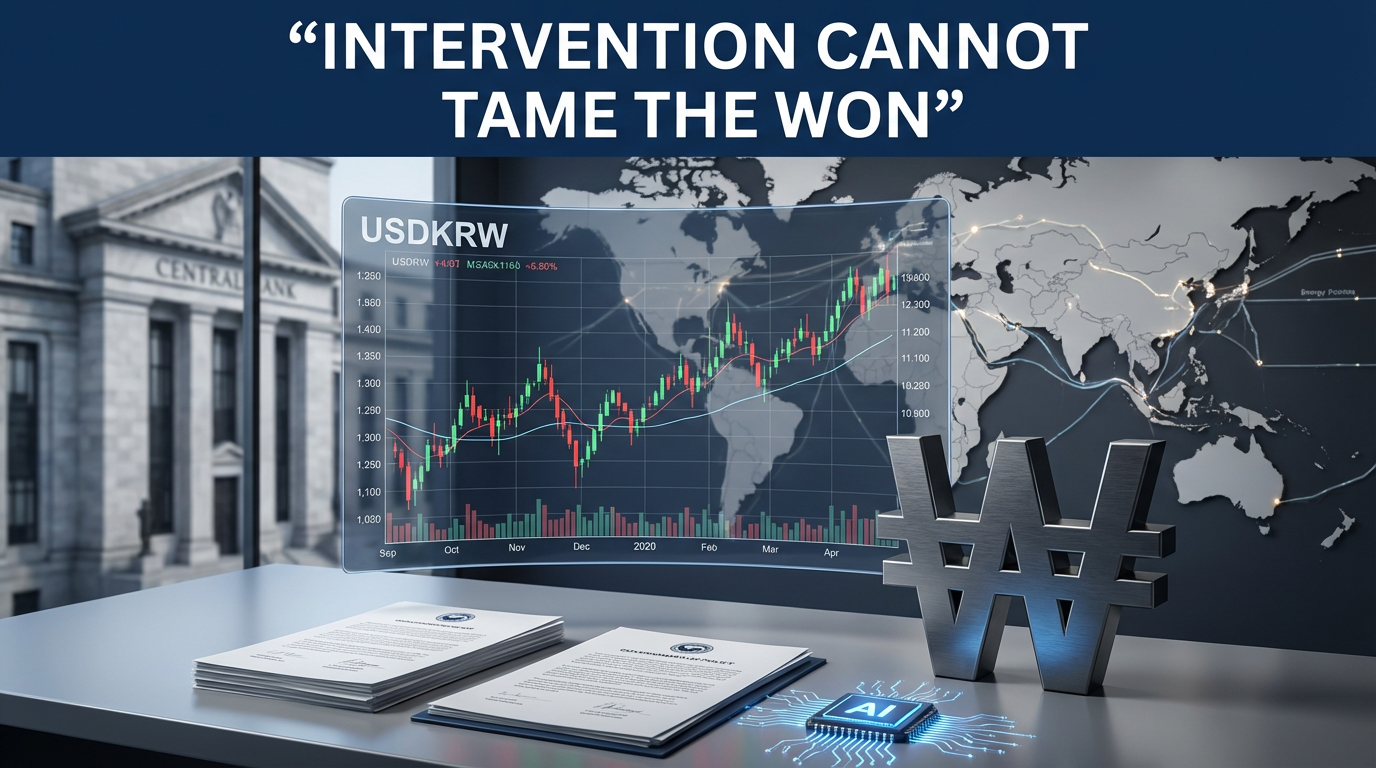Here's a breakdown of the reasons behind the soaring gold prices and their context.
■ Key Background to Rising Gold Prices
• Crisis of Dollar Hegemony:
─ There's a growing movement to break away from the U.S. dollar-centric international financial system.
─ Major countries like China, Russia, and India are accumulating gold, a safe-haven asset, instead of dollars, trying to reduce their dependence on the dollar.
• Global Instability and Inflation Expectations:
─ The credibility of the U.S. dollar is declining due to persistent U.S. fiscal deficits and trade deficits.
─ Demand for gold as a safe-haven asset is increasing due to inflation and economic instability.
■ U.S. Treasury and Gold Revaluation Issues
• Issues with Treasury Holdings:
─ The U.S. Treasury has been valuing its approximately 8,200 tons of gold held in Fort Knox, etc., at book value (about $42.2 per ounce), but the actual market price is around $2,000 to $3,000.
─ If the value of holdings increases significantly through revaluation, potentially up to $800 billion, questions arise about how to utilize those assets.
▪ Selling gold in the short term carries the risk of drastically lowering the market price.
■ Gold Accumulation Status of Major Countries like China and Russia
• Continuous Increase in Gold Holdings:
─ China and Russia have steadily increased their gold holdings every year since 2015.
─ Russia has increased from 1300 tons to 2200 tons, and China has also increased from 1600 tons to 2300 tons.
▪ This is part of a movement to break away from the U.S. dollar-centric financial system.
• Gold's Value as an Alternative Asset to the Dollar:
─ International payment systems are highly dependent on the dollar, but if the dollar's credibility weakens, gold holdings will ultimately gain attention as a safety net.
─ The dollar and gold have historically shown an inverse correlation, but recently, there has been a contradictory phenomenon where gold prices rise despite the strong dollar.
■ Problems with the Dollar and Reserve Currency
• Dilemma of U.S. Fiscal Situation and Reserve Currency:
─ The U.S. can print dollars whenever needed thanks to its reserve currency privilege, but this leads to enormous national debt and trade deficits.
─ Recalling the collapse of the Bretton Woods system and the Nixon Shock, the absolute credibility of the dollar is inevitably limited.
• Vicious Cycle of Trade Balance and Debt:
─ The U.S. trade deficit and fiscal deficit inevitably increase the amount of dollars issued, which can again act unfavorably in economic negotiations with other countries.
─ Accordingly, China, Russia, etc., are reducing their holdings of U.S. bonds and increasing their gold holdings to restructure their foreign exchange reserves.
■ Future Outlook and Investor Precautions
• Investment Sentiment Toward Gold:
─ As the trend of investing in gold instead of dollars continues, there may be high short-term speculation and price volatility.
─ The rise in gold prices is likely to act as a side effect of the deepening U.S. reserve currency crisis, as much as a simple increase in demand.
• U.S. Policy Response:
─ The Treasury and President Trump (or the U.S. government) are seeking various ways to solve trade deficits and fiscal problems, such as imposing tariffs and establishing sovereign wealth funds.
─ It is a time to carefully examine how these policy changes will affect gold prices and the direction of the international financial market.
■ Conclusion
The current rise in gold prices is not just an increase in demand for safe-haven assets but also a phenomenon indicating a challenge to dollar hegemony.
We should pay attention to how the U.S. fiscal policy, international trade relations, and the movement of each country's gold holdings will unfold in the future.
[Related Articles at nextgeninsight.net/]
• Gold: https://nextgeninsight.net/?s=%EA%B8%88
• Dollar: https://nextgeninsight.net/?s=%EB%8B%AC%EB%9F%AC
*Source : [연합뉴스경제TV] 현실화되는 달러의 최대 위기, 미국 국채 팔아대는 중국? (박종연) | 인포맥스라이브 0221



